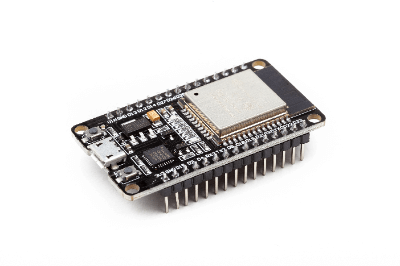What Is an IoT Module?

An IoT module is a key component in Internet of Things (IoT) applications, enabling the connection of various devices, from household appliances and automobiles to factory equipment, to a network. The module’s role is to facilitate the integration of these entities into the IoT ecosystem, allowing for effective data utilization and enhanced real-world applications.
For instance, integrating IoT in a home air conditioner involves equipping it with communication hardware to connect to the internet and components for remote operation. Similarly, a smartphone used to control the air conditioner also acts as an IoT module.
Applications of IoT Modules
IoT modules are embedded in a wide array of products and services to harness the benefits of IoT. In household appliances, these modules enable remote operation and monitoring of devices such as air conditioners, refrigerators, and washing machines through smartphones. For automobiles, IoT modules facilitate automatic notification to monitoring centers in case of accidents and provide real-time data on vehicle location and performance.
In the industrial sector, IoT modules in manufacturing equipment help collect and transmit vital operational data for more efficient production management. In agriculture, these modules assist in monitoring environmental conditions and crop growth, aiding farmers in optimizing cultivation processes.
IoT modules also play a crucial role in various data management scenarios, including food safety protocols like HACCP and maintaining environmental conditions in offices and hospitals.
Working Principle of IoT Modules
An IoT module integrates various components necessary to make a product or device IoT-compatible. This includes sensors, data storage devices, communication hardware, controllers, power sources, and batteries. These components collectively enable the device to gather, store, and transmit data, as well as to receive and execute commands.
For instance, traditional air conditioners may already have internal temperature sensors, but they lack communication capabilities. Adding communication equipment and a controller for remote operation effectively transforms them into IoT-enabled devices.
Selecting IoT Modules
When choosing an IoT module, it’s important to consider the specific requirements of the intended environment and application. For embedded modules, factors like temperature tolerance, resistance to vibration and noise, and compactness are essential. For external modules, environmental factors like dust, gas, and moisture exposure must be taken into account.
Communication capabilities are also a key consideration. Modules range from short-range options like Bluetooth to long-range solutions like 4G-LTE, which are suitable for vehicular applications. The communication method should align with the data exchange volume and processing time requirements.